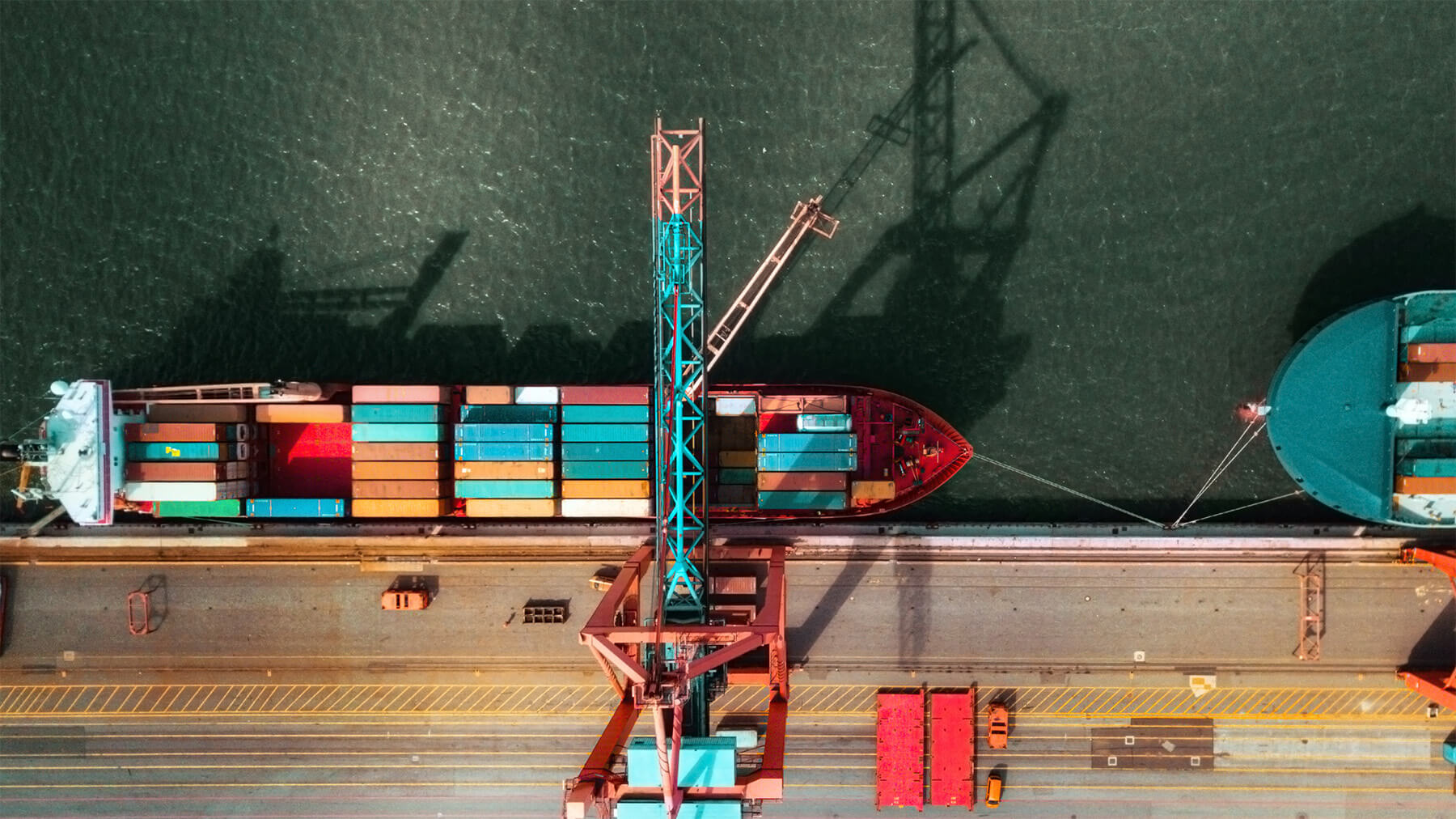On Tuesday June 20, CSCMP’s 2023 State of Logistics Report was presented at the Brickyard, the historic racetrack in Indianapolis where yearly 330,000 spectators gather each year to watch drivers race to win the much-coveted Indy 500 Trophy.
This time, there were no people in the stands, but there was still excitement in the air to see the presentation of the eagerly awaited report presented by CSCMP, Kearney and our host for the day, Penske Logistics.
At 9 AM sharp, CSCMP’s Mark Baxa opened the session that was attended by both media and industry insiders. This was followed by a presentation of the report by Balika Sonthalia, Senior Partner at Kearney. The presentation was followed by a panel of industry experts from Delta Airlines, Mattel, Penske Logistics, Port of Los Angeles, project44 and S&P Global Market Intelligence.
The theme of this year’s report is “the Great Reset”. To quote from the report:
It has becoming increasingly clear that shippers and carriers are unified by a need to think more seriously and proactively about building strategic capability, to not rely so heavily on temporary market stability, and to instead focus on building the agility to respond effectively to whatever disruption erupts.
Overall, supply chains are more complex than ever. Logistics professionals face higher operational costs, increased labor shortages, further disruptions including geo-political, socio-economic, and weather events, high interest rates and inflation, and lower consumer demand. Increased agility is required to successfully navigate this fast-changing environment. It is time to hit the reset button to begin this new – ever complicated – journey. The report is rich with detail, but if you don’t have time to read it in its entirety, here are my key takeaways:
1. The U.S. business logistics costs (USBLC) has grown nearly 20% YoY
To understand just how important supply chain and logistics are to the overall economy, take the following into account: United States business logistics costs (USBLC) hit $2.3 trillion in 2022, growing 19.6% year over year (YoY), representing 9.1% of national GDP. Inventory holding costs increased by 52% and now represent 1/3 of USBLC. Now is the time for companies to double down on their investments in this space to keep up with rising costs and the growing importance of supply chain efficiency.
2. While consumers are continuing to return to stores, eCommerce sales are not slowing down
In 2022, shifting consumer behavior and macroeconomic pressures continued to significantly challenge parcel and last-mile networks. Amid skyrocketing costs and drastic shifts in customer behavior, this “final link” in the logistics network continued to present considerable obstacles for both shippers and carriers. One of those challenges was the need to handle the shift in eCommerce volume. Even as consumers returned to retail stores, the US eCommerce market grew by 8% in 2022 relative to the prior year. It is now a $1.034 trillion behemoth, representing 14.5% of the entire US retail market.
3. Strong investment in technology continues
Visibility, AI and cyber security are top technology priorities. Third-party logistics providers are investing heavily in technology as shippers grow more reliant on 3PLs as partners to manage their increasingly stressed and complex logistical networks. In fact, 3PLs are nearly twice as likely to provide real-time data on items in transit as their shipper counterparts.
4. Nearshoring is growing in popularity
For many businesses, reshoring and nearshoring now appears to have shifted from a strategic possibility to a market reality. US companies have been increasingly moving supply chains closer to home. American imports of Mexican manufactured goods grew a staggering 26% according to Kearney’s Reshoring Index.



